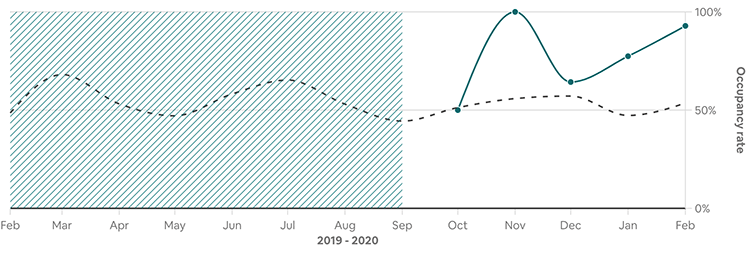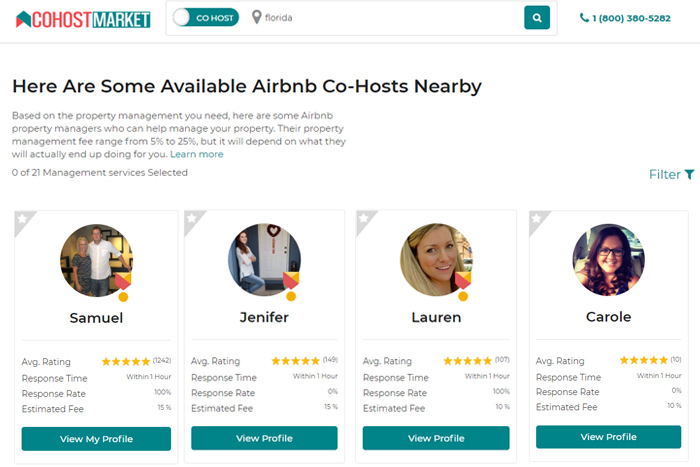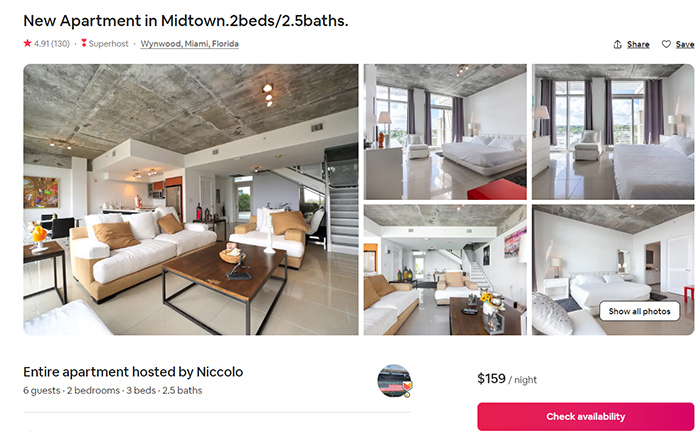The Power of Vacation Rental Data and How to Master It

Looking at Your Vacation Rental Data Past…
In order to understand where our short-term rental businesses are going, we need to understand first where they have been already. This is true of all businesses, but in a business that is cyclical in a way that the rental business tends to be, it is especially true.
There is a lot that we can learn by looking at the financial records we have kept about our previous bookings, in addition to the metrics that we have created and recorded on our own. Taken as a whole, this information can point us toward sounder decisions for our short-term rental businesses so that we can set ourselves up for long-term success.
None of this is going to do us much good at all unless we interpret our key data properly. We can create endless charts that illustrate the valuable analyses that we have run on our business. But, until we have learned what to do with our analyses, we are even more lost than we were before we started.
Running raw data against nothing, which is to say running them against other numbers, is only going to confuse us about what they actually reveal about our business. In short: if we want to gain valuable insights, we need to ask insightful questions.

…to Understand Your Vacation Rental Business Future
It would be difficult to exaggerate just what an impact you can make on your vacation rental business by understanding your past more firmly. This is more than knowledge, and it is more than awareness.
Every time you learn your own history more completely by reading into the facts and details that are at your disposal, you become not only a better-informed vacation rental industry entrepreneur but a more efficient one as well.
Before you know it, you will start to cut back on some of the shortcomings and pitfalls that you have gotten caught up in. You will plan more intelligently, make decisions more wisely, and navigate your real estate entrepreneurial path more smoothly.
Before you start to take real steps toward understanding your rental booking data, there are two things that you need to do.
- Make sure that you have all your data.
If your vacation rental data is incomplete, it is going to steer you down the wrong path. Any “good” insights that you glean from this data is mere chance. To say with any certainty that you are drawing rational conclusions for increasing rental income from your data, you need to be able to say that your data is complete.
- Make sure that your vacation rental data is accessible.
This is not just a matter of putting all your data into a neat spreadsheet. You need to be able to wield it, all of it, in a way that suits your analytical purposes.
Look for Trends in Guest Satisfaction
Your guests are leaving their feedback for you somewhere. Either they are generating scores that you can break down easily or you can convert their comments into scores on a scale that you set. Whatever the case is, you know how your guests feel after they have stayed at one of your properties. Based on their reactions and satisfaction, you can determine how well you are doing on multiple levels such as communication, cleanliness, etc.
Take your feedback – the good, the bad, and the ugly – and try to line it up with other variables. For example, if you switched from one cleaning company to another between two stays and the feedback the two guests leave varies, then you can be fairly sure you know why.
If you have numerous reviews that praise some specific amenity, be sure to drive attention to this amenity in your listing description. To compile vacation rental data like this over time, there are plenty of free tools, and if you are working with a team, then Google Sheets will probably work best.
Analyze Your Occupancy Rates
You need to understand what your occupancy rates look like throughout the year so that you know where to direct all your marketing and promotional resources. For example, if there is a festival that happens local to you throughout the year, you do not want to spend too much of your promotional budget while the festival is happening because you should be able to hit a high occupancy rate without that initiative.
Your occupancy rate will also tend to shift from one season to the next, depending on where your rental property is located and what the demand is like during the warmer and cooler months.
Analyzing your occupancy rate, you can get a firmer grasp of the marketing strategy and tiered pricing strategy that will help you to drive higher occupancy during your historically slower months. This will make your rental property business more efficient overall. Take a look at this graph for one annual occupancy rate as an example:

As you can see, the occupancy rate at this rental property tends to spike around Thanksgiving. While it would help us to know why people are trying to stay at this property around Thanksgiving, the first and most important point is that you can safely raise your prices during that time of year and also pull back on any marketing budget that you may have invested. During the times that correspond with dips on the graph, however, you should lower your prices and increase your marketing budget.
By understanding price elasticity and how it affects your occupancy rates, you can become more intelligent in your approach to bookings – building a stabler and more sustainable rental property business for yourself.
Determine Actions You Have Taken to Drive Bookings
You know your booking rates. Sometimes, it is clear what is driving them up: a holiday here, a conference there, something that is going on local to your vacation rental property. In other cases, it is not as obvious why your bookings have increased.
It also seems like – gasp – it is because of something that you have done for your business. Because of an action you took or a strategy that you adopted, people felt inclined to book your property and stay with you.

Once you figure out what you have done to drive bookings in the past, you can replicate it. Maybe you ran an advertising campaign for one of your listings at the right time, and you can see how well people responded to it. This is something that you should take note of so that you can repeat it later on, taking advantage of the successes you have already encountered.
On Cohostmarket.com, you can figure out what you and your team are doing to drive bookings by looking at the wide range of data and statistics that the platform tracks. This makes it easy for you to determine what is helping you build the business you want to build – and avoid ever making the same mistake twice.
There are many useful features on Cohostmarket, all supported by managers and co-hosts, who are there to make entrepreneurs’ businesses run more smoothly.
Compare Your Short-Term Rental Listings to Other Successful Listings
While you may not be able to read into your competitor’s raw vacation rental data, you can look at their listings and pick up some patterns within them. Pay attention to the first things that jump out at you when you open each listing. These are the things that are jumping out at other people too.

Try to spot all the similarities between your listings and other successful listings on the vacation rental market. Try to spot all the differences as well. You can turn this information into data sets, which you can then manipulate to draw conclusions. To take your data manipulation to a whole new level, check out the analytical tool Tableau.
You can take these steps immediately as well:
- Read and analyze their titles to identify if they use any catchy patterns to draw more attention to their listings.,
- Look through their photos, taking note of both the style and the number.
- View the descriptions, comparing them to your own and paying close attention to the details that they mention.
- See what their guests are saying about them in their reviews, both the positive and the negative.
Of course, before you ever compare your listing to another listing, you need to be able to say for sure that it is driving the results that you want. Most importantly, is it showing up on the first page of the search results? This is the top qualifying detail you need to consider. Also, look at competitors’ ratings and the number of reviews from guests.
Making the Numbers Work
Your data should be working for you. As you strive to improve your business and turn it into a thriving juggernaut that you have always known it could be, you should take advantage of all the tools that are within your reach.
Your data is ready to be scrutinized, and it is up to you to put it to good use. It is up to you to see its ultimate worth and then spin it into growth potential going forward. You can expand your business by crunching numbers.
About the Author
By Morgan Akchehirlian, CEO & Founder at Cohostmarket.
An experienced and noted professional in both the search engine optimization and short-term rental management fields, Morgan built the Cohostmarket.com platform to empower homeowners to search, source, and connect with short-term rental managers. He has expanded his platform to serve more than 190 countries as of today.







